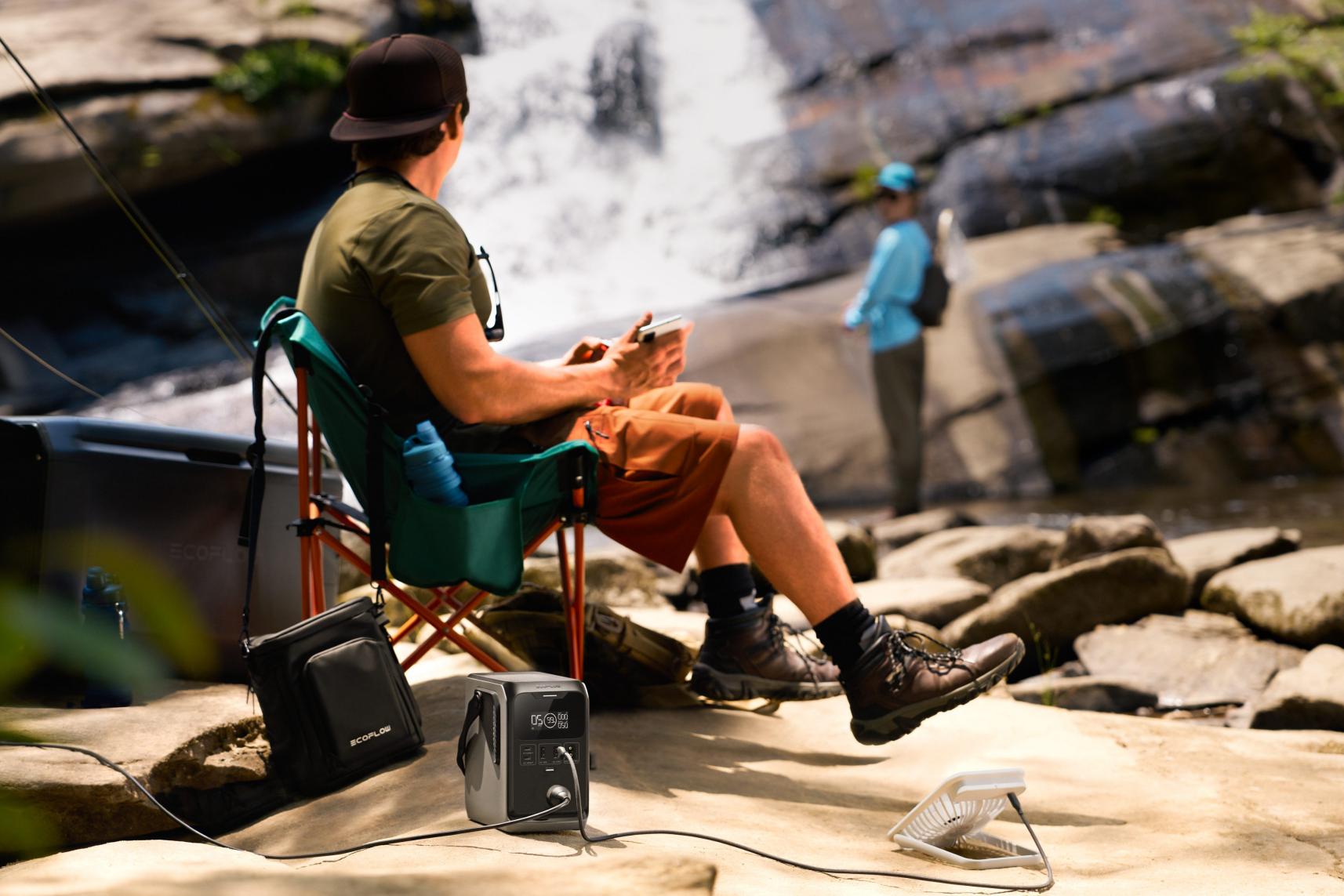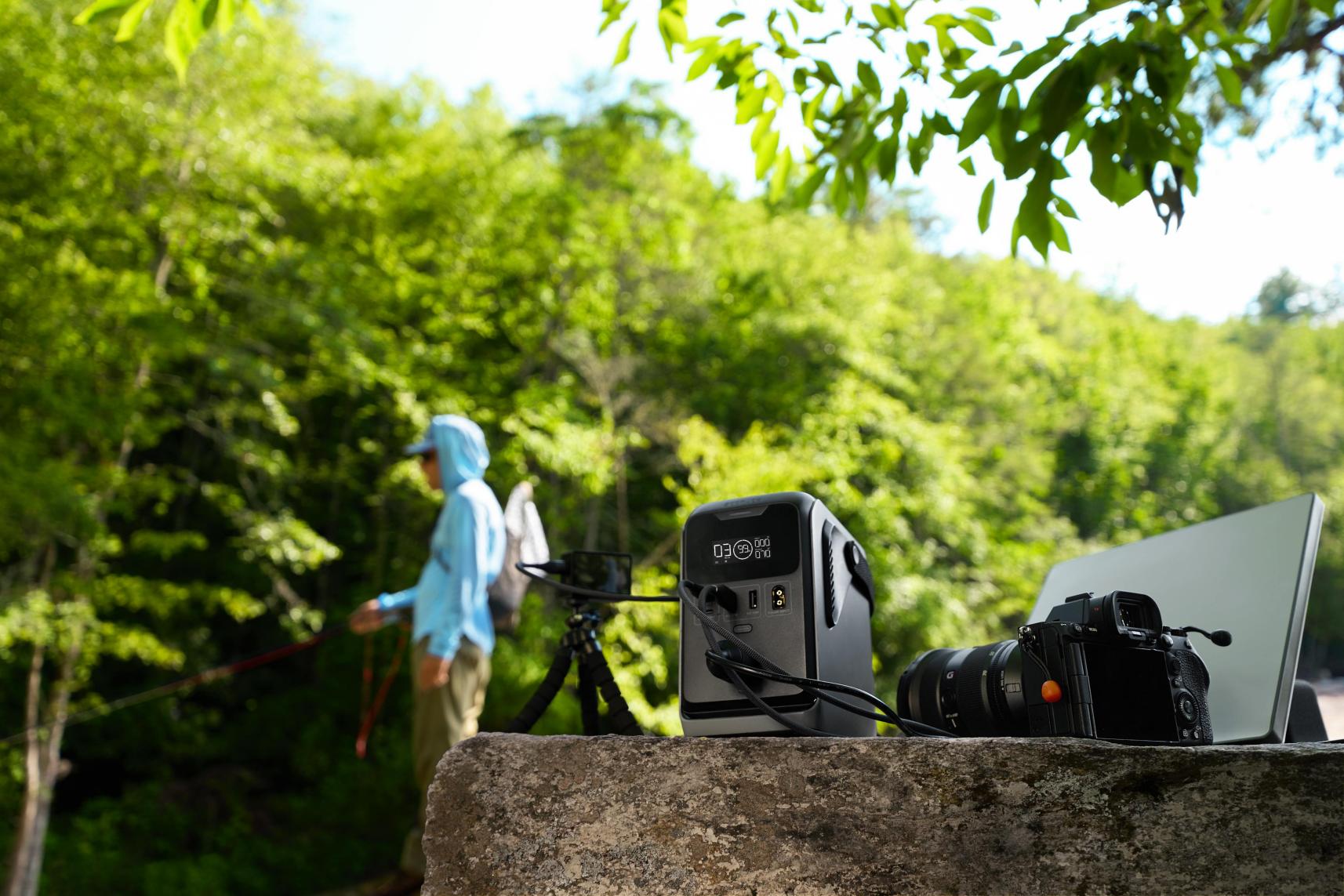The Salmon Run in Canada: When and Where to View and More
Every autumn, a breathtaking natural spectacle unfolds across Canada. Rivers that flowed quietly just weeks before suddenly boil with energy, their waters turning brilliant shades of red and silver. This is the great salmon run, a powerful display of nature's cycle. It’s a sight everyone should see, from wildlife lovers to families looking for an adventure. This guide shows you what the salmon run is, tells you the best times and places to see it, and gives you tips for an unforgettable experience.
What Is the Salmon Run? An Incredible Journey Home
The salmon run marks the final, most dramatic chapter in a salmon's life. These remarkable fish hatch in the shallow, gravelly beds of freshwater rivers. After growing in these streams, they swim down to the vast ocean. There, they live for several years, feeding in the rich saltwater and growing large and strong.
But a deep instinct calls them back.
This powerful urge drives them to begin an epic journey home, sometimes across thousands of kilometres. They navigate back to the very stream where they hatched so they can spawn—laying their own eggs to begin the cycle again. This upstream battle is incredible to watch. The salmon stop eating, and their bodies transform. Males grow hooked jaws and humped backs, and many species, like the Sockeye, turn a fiery red. When you watch them leap over waterfalls and fight against relentless currents, you see a powerful reminder of nature’s resilience.
In Canada, you can see several species making this journey, including Chinook (King), Sockeye, Coho, Chum, and Pink salmon.
When Is the Salmon Run? Timing Your Canadian Adventure
So, when is the salmon run? While the exact timing changes a little each year depending on water levels and temperature, the general viewing season in Canada runs from late August to early December.
However, the peak of the salmon run typically happens from September through October. During these months, the rivers get incredibly busy, offering the most dramatic views of the fish. Different species also run on slightly different schedules. For instance, Chinook salmon often appear earlier in the fall in the Great Lakes region, while Chum salmon in British Columbia might peak later in October and November. Planning your trip during this prime window gives you the best chance to see the rivers teeming with life.


Where to See the Salmon Run: Canada's Best Viewing Spots
Canada has some of the world's most spectacular salmon viewing locations, from the West Coast to the East. Here are a few spots you don't want to miss.
British Columbia (The West Coast Spectacle)
British Columbia is famous for its salmon runs, as millions of fish return to its clean rivers.
- Adams River, Shuswap: This river hosts arguably the most famous Sockeye salmon run on the continent. Every four years, a "dominant" run occurs, where millions of fish paint the river crimson. Roderick Haig-Brown Provincial Park provides excellent viewing platforms and trails right along the river.
- Goldstream Provincial Park, Victoria: A short drive from Victoria, Goldstream is a fantastic and accessible spot where you can see massive Chum, Coho, and Chinook salmon from late October through December. The park includes a nature house and a network of flat, easy trails perfect for all ages.
- Capilano River Hatchery, North Vancouver: For a more urban and educational trip, you can't beat the Capilano River Hatchery. You can see salmon fighting their way up fish ladders and watch them through underwater windows. It's a great way to learn about the salmon life cycle up close.
Ontario (The Great Lakes Migration)
You don’t have to visit the West Coast to see this phenomenon. The rivers that feed the Great Lakes host impressive runs of Pacific salmon, which people introduced decades ago.
- Port Hope, Ganaraska River: The Port Hope salmon run is an iconic Ontario experience. Huge Chinook and Coho salmon fight their way up the Ganaraska River, swimming right through the middle of town. Head to Corbett's Dam fish ladder, which locals call the "Fish-TV," to watch these powerful fish leap out of the water.
- Salmon Run Toronto: You don't even have to leave the city to see this spectacle. The salmon run in Toronto happens in several rivers. The Humber River and Highland Creek in Scarborough are top spots. Visit Etienne Brulé Park, a popular viewing area along the Humber, where you can watch thousands of salmon on their journey.
Tips for an Unforgettable Salmon Run Viewing Experience
A little preparation helps you make the most of your trip. Follow these tips to have a fantastic and responsible viewing experience.
Respect the Ecosystem: The salmon are at the end of their lives and face immense stress. Stay on the marked trails and keep your distance from the water's edge. This helps you avoid disturbing their spawning grounds (redds). Never throw anything into the river, and please pack out everything you bring in.
Go at the Right Time of Day: Fish often become more active in the cooler parts of the day, like the early morning or late afternoon. As a bonus, the light is better for photos, and the crowds are often smaller then.
Gear Up for Success: Wear polarized sunglasses. They are a game-changer because they cut the glare on the water, letting you see the fish much more clearly. Binoculars help you get a closer look without disturbing the wildlife. And of course, bring a camera to capture the memories.
Stay Powered for Every Moment: A long day by the river capturing photos and videos will drain your devices. A basic power bank might charge your phone once, but it won’t handle a camera, a drone, or multiple devices for your family and friends.
For this, you need a dedicated camping power station. The new portable power station EcoFlow TRAIL Series is good for outdoor adventures like this. It's so lightweight and compact you can easily slip it into a backpack.
For example, the TRAIL 300 DC has multiple USB ports, so you can charge everyone's phone at once, and no one has to worry about a dead battery. It packs enough power to keep your cameras and other gear running all day long.


A Spectacle of Life
When you witness the salmon run, you do more than just watch fish swim upstream. You feel a powerful, humbling connection to the raw, beautiful cycles of nature. It’s a story of survival, perseverance, and the enduring strength of life. Whether you stand on a riverbank in British Columbia or in a park in Toronto, you’ll have an adventure you won’t soon forget. So grab your camera, pack your gear, and get ready to witness one of Canada's greatest natural wonders.
FAQs About Salmon Run
Q1: What makes fish change color during their run?
The big change in color is because their bodies change when they go back to freshwater. They stop eating and start getting energy from fats they have saved. These processes release natural pigments, the same ones that make carrots orange. These pigments then become part of the skin. This bright color also helps them find a mate.
Q2: Is it possible to fish for salmon during the run?
This depends on where you are and what time of year it is. To protect salmon while they are spawning, governments make rules about fishing. In many parks and sensitive places, fishing is not allowed at all. In some places, you may be able to fish with a license as long as you follow certain rules. Before you go, you should always check the local rules for the river you want to visit.
Q3: What other animals can I see while the salmon run is going on?
Many predators and scavengers come to the salmon run because it feeds an entire ecosystem. It's a great time to see bears feeding at the river in British Columbia. There are also a lot of bald eagles there to eat the fish. There may be geese, otters, and other birds around too. The salmon run is even more exciting to watch because of all the different animals that are involved.
Q4: How long does the salmon run last in a river?
The run in one river can last for a few weeks or even a few months. There isn't just one big event; different groups of fish come in waves. Usually, a "peak" period of one to three weeks happens when the number of salmon is highest. You can see the most from this peak, but you can still see fish in the river before and after it.
Q5: Would it be fun for kids to watch the salmon run?
Of course! The salmon run is a great and interesting place for kids to go on vacation. They can see and feel the science lesson in real life. People of all ages get excited when they see fish jumping over obstacles. Goldstream Provincial Park and the Capilano Hatchery are two great places to see salmon. They both have flat trails and tourist centers that make the trip fun and safe for families. It's a wonderful way to make people love nature.